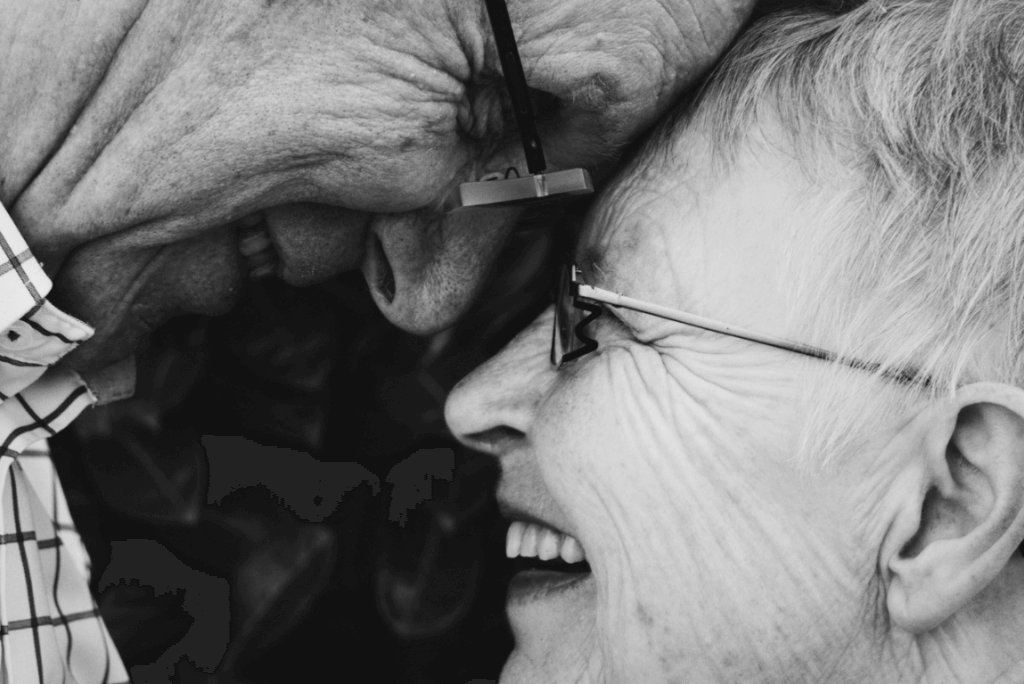It is difficult to think about that, but the years are good for everyone, at some point in our lives we will reach this stage so misunderstood by those who have not yet reached it: I am talking about old age, with this in mind, a question looms in the horizon: is old age the same for everyone? In this last phase of life’s journey, each of us remains different and unique, which is why active and passive aging is different.
Differences that go far beyond physical pain; We also find differences, for example, in the emotions that predominate at this stage. The fact is that the level of activity maintained by the person influences all the dimensions that condition his condition. Read on to discover the importance of keeping aging active for our well-being!
“When I’m told I’m too old to do anything, I try to do it right away. – Pablo Picasso-
In recent centuries we have significantly improved our hygiene and personal care, we are accumulating more knowledge about diseases and treatment methods, safety is defended in the most different areas of life, all this has an obvious result: more and more people are living longer.
But not only do improvements in our physical health influence, but also improvements in mental health, although traditionally people’s psychological state was relegated to the background, leaving physical problems first, this began to change, so that psychological status has become a fundamental factor in today’s aging studies.
“We all want to get to old age, but we all der-we’ve come. -Quevedo-
For example, cognitive ability, the value we give to our own health, the fact that we felt useful and participate in daily activities, has been found to be the best factors that indicate longevity What does that show?The importance of active aging for our quality of life.
Active ageing has the consequence and involves the social participation of the elderly, as well as the deepening and discovery of new experiences that promote learning and are pleasant, as well as individual development, self-realization and well-being over the years. In other words, it aims at people’s successful aging, so that “pain” does as little as possible for their well-being.
This requires considering age, physical health, psychological health, cognitive efficacy, social competence, productivity, self-control and overall life satisfaction.
Being well in the face of these components is a condition that can be achieved by working in three fundamental areas: avoiding diseases and disabilities, maintaining high cognitive and physical functions, and fostering the commitment to life that we will have when we reach old age.
“A beautiful old age is often the reward of a good life. -Pythagoras-
The way we act, think and feel influences our health, social participation and safety in old age, that is, they play a role in which we will have an active aging, so our lifestyle has a great weight in the conditioning of our health. .
For example, how often we perform mental tasks is a protective factor for mental health, so it is recommended to perform activities such as crossword puzzles, sudoku or playing chess to prevent cognitive decline associated with dementia, but in addition to exercising memory. , attention or concentration, there are other things to consider.
In active aging it is also relevant that the person feels as competent as possible in their daily life. Feeling able to continue controlling your own life or health problems will help you build your self-esteem and well-being.
Finally, it has been proven that wither or not the possibility of recovering from an illness depends on how the person copes with the stressful situations created. In that sense, avoiding these situations will not help us at all. On the other hand, if we actively deal with it, will we have more luggage to live with?Promotes active aging!
Images courtesy of Lotte Meijer, Cristina Gottardi and Neill Kumar.

